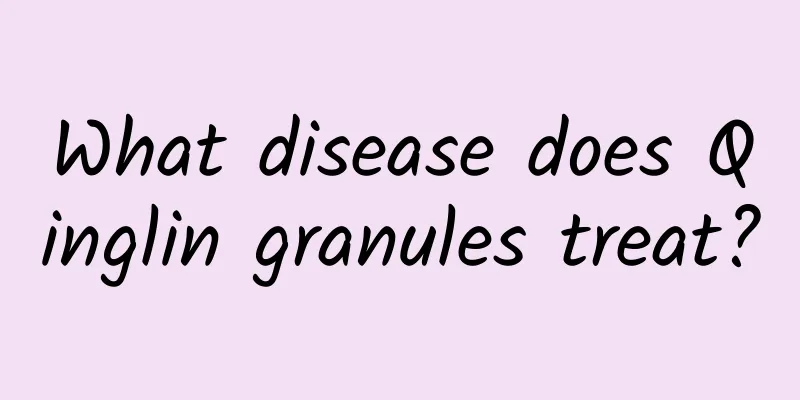What is macular edema

|
Macular edema is a retinal disease. Generally, inflammation will occur in the macula, leading to exudation and edema, and the patient will experience decreased vision. The phenomenon of blockage of the central retinal vein is more likely to lead to retinopathy, especially for diabetic patients. For this condition, it is necessary to actively treat the primary disease and actively carry out anti-inflammatory treatment. Causes and common diseases 1. Surgical complications: These complications may occur after almost all intraocular surgeries, including laser photocoagulation and cryosurgery. The peak incidence rate after cataract surgery is approximately 6-10 weeks after surgery. 2. Diabetic retinopathy. 3. Central retinal vein occlusion and branch retinal vein occlusion. 4. Uveitis, especially intermediate uveitis. 5. Retinal pigment degeneration. 6. Use topical eye drops: such as epinephrine, dipivefrin, etc., especially for patients after cataract surgery. Cystoid macular edema is often reversible after drug discontinuation. 7. Retinal vasculitis: such as retinal periphlebitis (Eales disease), Behcet's disease, sarcoidosis, necrotizing vasculitis, multiple sclerosis, and cytomegalovirus retinitis. 8. Retinal telangiectasia: such as outer exudative retinopathy (Coats disease). 9. Age-related macular degeneration (ARMD): Usually there is long-standing choroidal neovascular membrane (CNVM). 10. Others: intraocular tumors, hypertension, connective tissue diseases, autosomal hereditary CMR, etc. 11. Pseudocystoid macular edema: No leakage in FFA. Examples include niacin-induced maculopathy (when relatively high doses of niacin are used to treat high cholesterol), sex-linked hereditary retinoschisis, Goldmann-Favre disease, and epiretinal membrane formation. Treatment principles The treatment of cystoid macular edema should generally treat the primary disease. If it is caused by intraocular inflammation, anti-inflammatory drugs should be given. For example, if it is retinal vasculitis or uveitis, corticosteroids can be given. examine 1. Medical history Whether there is a recent history of intraocular surgery, history of diabetes, previous uveitis or eye infection, family history of night blindness or eye disease, and history of medication, including topical use of epinephrine, dipivefrin and other drugs. 2. Eye examination This includes assessment of the peripheral fundus (which requires compression of the sclera to examine the periphery). The macula is best examined with a slit lamp in combination with a three-mirror, front mirror, or 60/90D lens. 3. Fundus fluorescein angiography It often shows fluorescent leakage of perifoveal capillaries in the early stage and fluorescent staining of the macula in the late stage, typically in a petal or spoke shape. 4. Retinal optical coherence tomography examination It helps to diagnose and determine whether lamellar and full-thickness fissures are formed. |
<<: How to eliminate foot edema
>>: How to eliminate nose edema
Recommend
Taboos of cypress seeds
Everyone has heard the saying that pine and cypre...
What is lacking when you have oral ulcers? Supplement vitamins!
Many people in our daily lives are prone to oral ...
Lactose intolerance
Lactose intolerance is a relatively uncommon dise...
Hypothyroidism
Hypothyroidism is a physiological or even systemi...
What is the reason for missing menstruation? Four reasons need to be paid attention to
In life, when people face the situation of delaye...
Rice wine and wolfberry for treating chloasma
In ancient China, when human medicine was not yet...
What to do if you have heavy dampness
Dampness in the body mainly occurs in female frie...
What causes bitter taste in the mouth and bad breath in the morning?
Many people feel bitter and dry mouth when they w...
What Chinese medicine should I take for hot flashes and night sweats?
We all know that middle-aged and elderly people o...
Heartbeat is very important, what should we pay attention to?
The heart is an organ that beats constantly. It c...
Can Sanfutie cure rhinitis?
Rhinitis is a nasal disease caused by bacteria an...
What is heart paralysis? It may be related to three reasons
In clinical practice, people should seek treatmen...
Astragalus cultivation
Scutellaria baicalensis, also known as Yuanqi and...
What to do if you have gout in your feet
The symptoms of gout in the feet will cause job h...
Indigestion Chinese medicine
The gastrointestinal system is an important syste...









